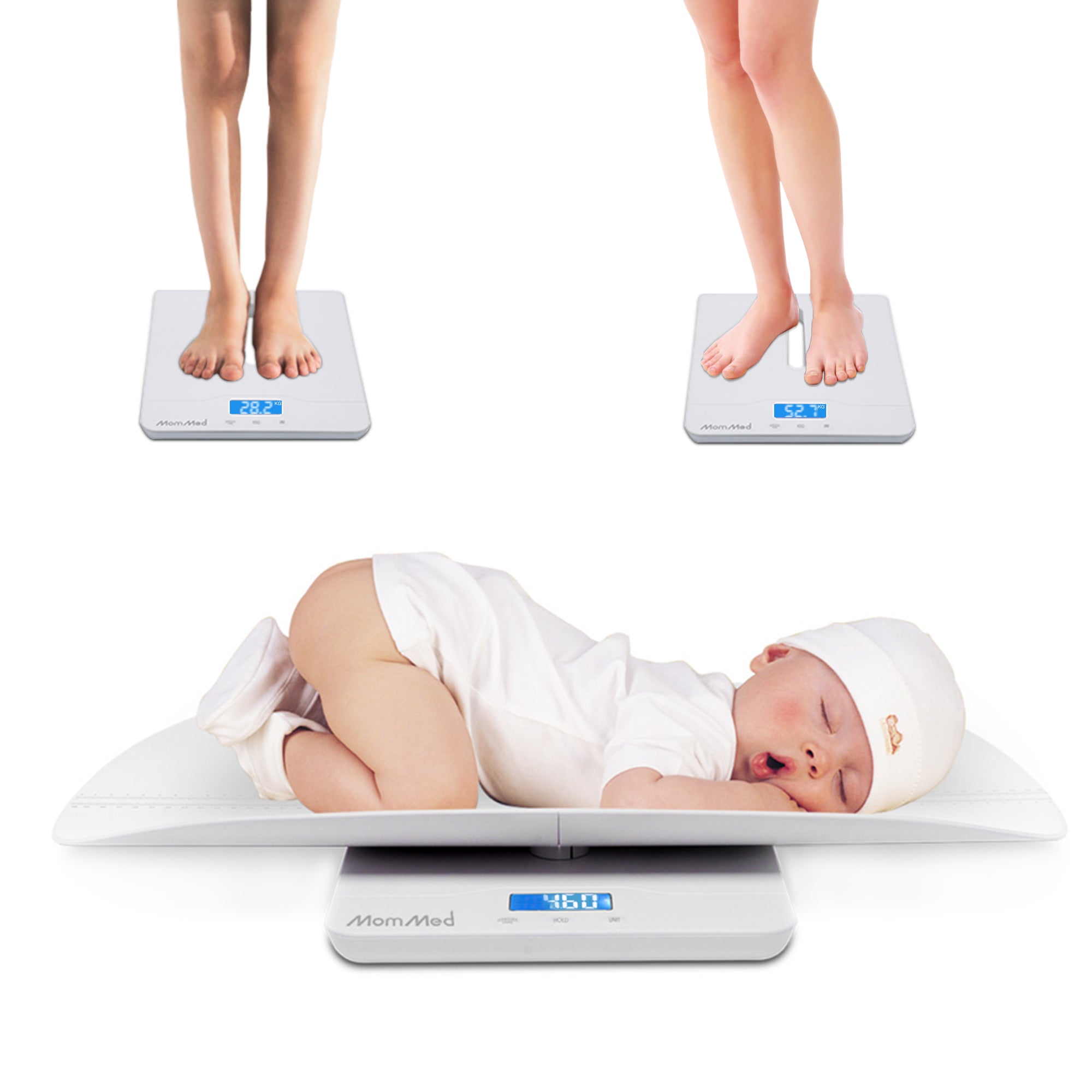Pulmonary embolism is a disease that occurs in blood vessels in the lungs of blood clots.These blood clots are called embolism.In these embolics blocking pulmonary blood vessels, 95%are embolism that comes from deep venous thrombosis of the legs. They usually cause pulmonary infarction (that is, necrosis of some lung due to no blood supply), right heart failure, hypoxiaEssence
Other non -common sources of embolism include postpartum amniotic fluid embolism, fracture fat embolism, air embolism after cardiac surgery, and cholesterol embolism involved in vascular endothelial operations.
There is a three -levity consisting of three diseases, called Virchow triple signs, that is, venous stasis, vascular endothelial damage, and high coagulation state. They are high -risk factor that promotes pulmonary embolism.What are the causes of these three diseases?
(1) Intravenous stagnation: long -term non -active status (such as: long -distance airplane, or car travel, staying in bed for a long time after surgery), congestive heart failure, obesity, or elevated central vein pressure.
(2) Endotropic injury: trauma, surgery, recent history of fracture, or a history of deep vein thrombosis.
(3) High coagulation status: pregnancy, post -production, smoking, oral contraceptives, coagulation disorders (such as: lack of coagulation factor), malignant tumors, or severe burns.
Clinically, when asking these patients, they usually have long -term induced causes, such as long -distance airplane travel and long -term bed can’t afford.
They will manifest as sudden chest pain, difficulty breathing, low fever, cough, shortness of breath, accelerated heart rate, and rare symptoms are vomiting.Some patients have respiratory alkali poisoning due to hypoxia and low -carbonate.In severe cases, there will also be heart failure on the right.
If patients who are hospitalized, or in bed for a long time, have suddenly experienced dyspnea, fast heartbeat, and chest X -ray testing normally, then the possibility of alertness to pulmonary embolism must be increased.
[D DRIDS screening]: If it is not a high -possibility pulmonary embolism, then it can be used as initial screening.It is not a specific examination of pulmonary embolism, but the most commonly used "excluding" pulmonary embolism examination, that is, detecting pulmonary embolism through D di di bodies, and further examination of diagnosis and confirmation.
[CT pulmonary arterial angiography/pulmonary spiral CT examination]: It is a specific examination of diagnosis of pulmonary embolism, that is, it can be diagnosed once a pulmonary embolism is found through examination.
CT pulmonary arterial angiography: Yellow arrows indicate saddle thrombosis from pulmonary aorta into left and right pulmonary arteries.
[Blood gas analysis]: Help analysis of whether there is an alcoholic poisoning occur. It is often secondary to the shortness of breathing caused by pulmonary embolism, causing excessive vitality of the pulmonary, causing the blood oxygen concentration <80mmHg.
[Electric Electric]: The most common abnormal manifestations are sinus tachycardia, that is, the heartbeat is fast.
[Pulmonary qi-scanning ratio of blood flow irrigation]: It is a non-specific examination of diagnosis of pulmonary embolism. It speculates the occurrence of low, medium and height possibilities by checking the area where the lung ratio is not matched.The advantage is that for those who use CTs, or pregnant women, this method can be used to judge the possibility of pulmonary embolism.
[Ultrasound ultrasound of the lower limbs]: It is a specific examination of deep venous thrombosis, but it cannot be used to diagnose pulmonary embolism.Ultrasonic examinations can be found blood clots, which may cause pulmonary embolism.
[Anti-coagulation treatment]: In the acute stage of the disease, heparin can be used; if the disease is prolonged, anticoagulation treatment needs to be maintained for 3-6 months.
[Purgal vein filtration device in the inferior cavity venous vein] Patients with pulmonary embolism with deep venous thrombosis of the lower limbs have been clearly diagnosed. If they are treated with anticoagulation treatment or repeated embolism with anticoagulation treatment, this method can be used.
Planted the lower cavity vein filtration device
[Antrocollet treatment]: It is suitable for large -scale pulmonary embolism, and pulmonary embolism causes right heart failure and hemodynamic instability.
[Prevention of deep vein thrombosis]: Preventive treatment for all patients who cannot move for a long time, such as subcutaneous heparin or low molecular weight heparin, intermittent pressure treatment of lower limbs (not obvious effects), or earlier out of bed (earlierThe most effective).
“”
This article belongs to a series of medical science articles in the "Xiaoya Said Medical" in North American Xiaoya. It uses simple language science science medical knowledge to interpret the common diseases of the people.If you like "Xiaoya Say Doctor", please pay attention to@"North American Xiaoya", thank you!
The article is written by Xiaoya, North America. The copyright of the article belongs to Xiaoya, North America. Please indicate the source when reprinting (that is, the source of the article "Today’s Headline" and the author of the article "North American Xiaoya"), thank you!
